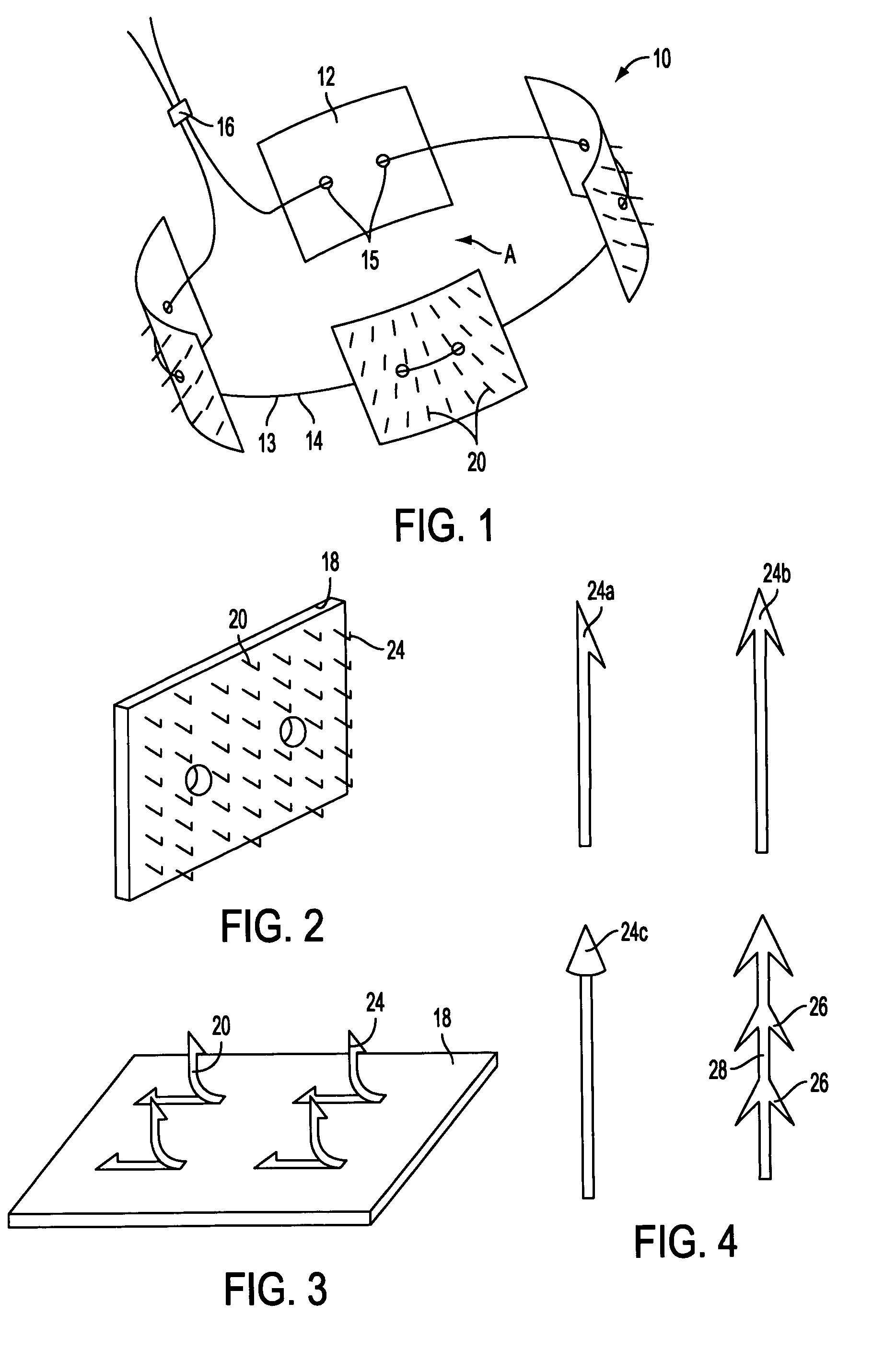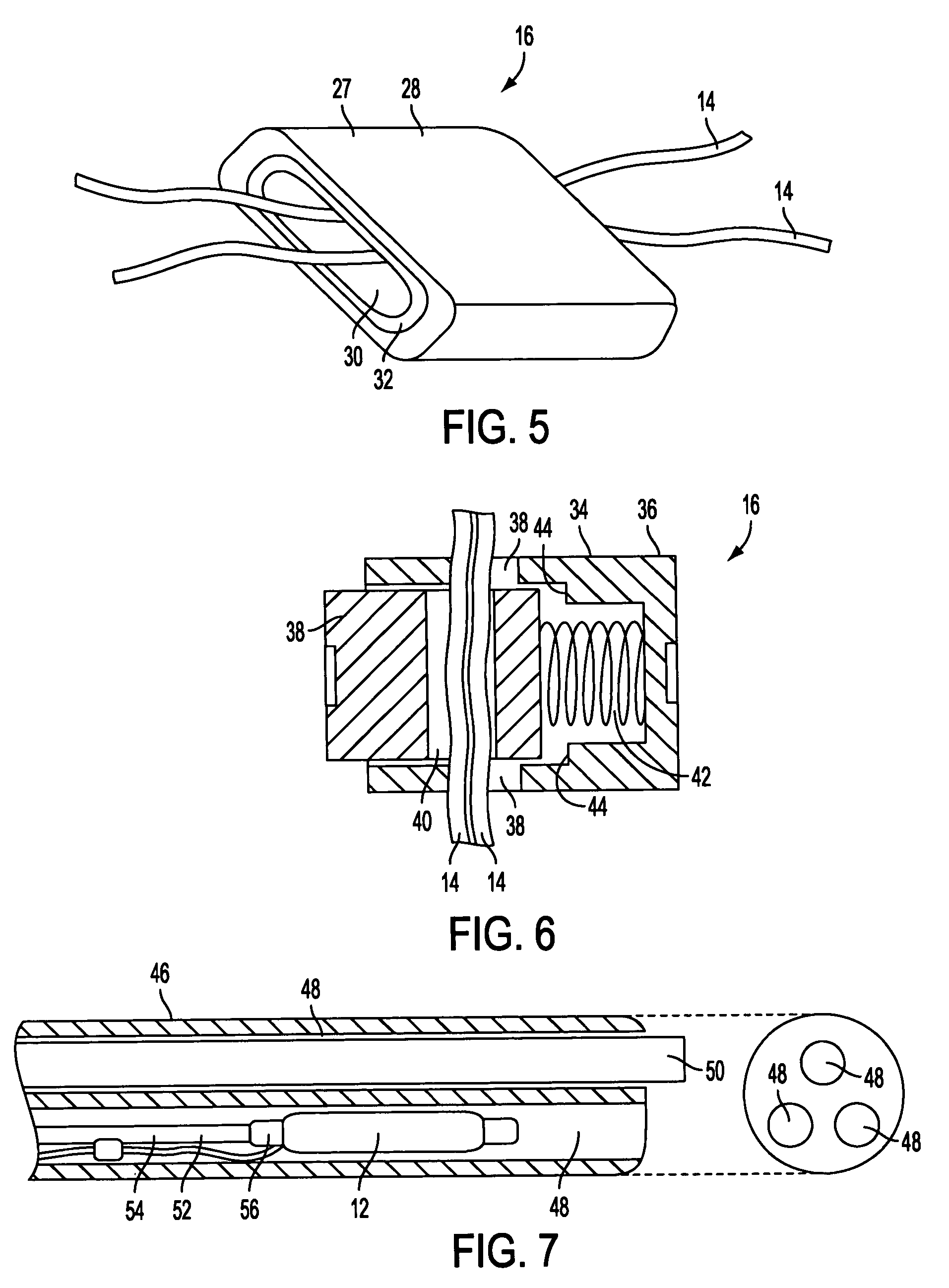Implantable artificial partition and methods of use
a technology of artificial partitioning and gastrointestinal tract, which is applied in the direction of blood vessels, surgical forceps, and morbid obesity, can solve the problems of restricting the passage of food to the remainder of the gastro-intestinal tract, presenting numerous life-threatening post-operative complications, and difficult to perform morbidly obese patients, so as to reduce the local cross-sectional area, redefine the lumen, and constrain the amount of food that a patient consumes
- Summary
- Abstract
- Description
- Claims
- Application Information
AI Technical Summary
Benefits of technology
Problems solved by technology
Method used
Image
Examples
Embodiment Construction
[0068]The present invention relates to apparatus and methods for partitioning a GI lumen. A localized reduction in a cross-sectional area of the GI lumen is created intraluminally, thereby defining upper and lower portions of the lumen. The reduced volume of the upper portion, as compared to the native volume of the GI lumen, constrains the amount of food a patient consumes by providing a feeling of satiety after only a small amount of food is consumed. Furthermore, the reduced cross-sectional area of the GI lumen reduces the rate in which food passes through the GI lumen. This increases the residence time of the food within the upper portion of the GI lumen, thereby enhancing the feeling of satiety. It will be obvious to one of skill in the art that, while the following written description illustratively describes use of the apparatus and methods of the present invention to partition a patient's stomach, the present invention may be implanted anywhere in the gastro-intestinal tract...
PUM
 Login to View More
Login to View More Abstract
Description
Claims
Application Information
 Login to View More
Login to View More - R&D
- Intellectual Property
- Life Sciences
- Materials
- Tech Scout
- Unparalleled Data Quality
- Higher Quality Content
- 60% Fewer Hallucinations
Browse by: Latest US Patents, China's latest patents, Technical Efficacy Thesaurus, Application Domain, Technology Topic, Popular Technical Reports.
© 2025 PatSnap. All rights reserved.Legal|Privacy policy|Modern Slavery Act Transparency Statement|Sitemap|About US| Contact US: help@patsnap.com



